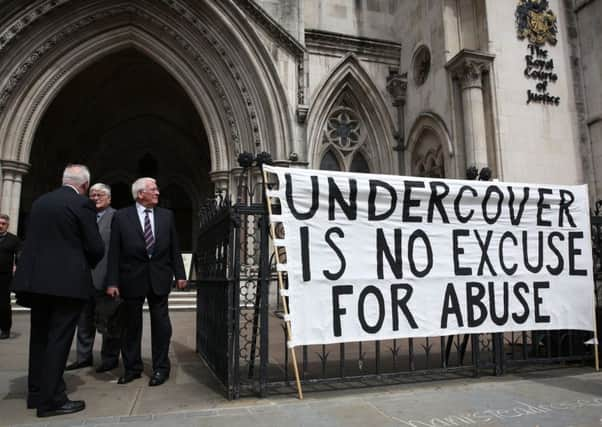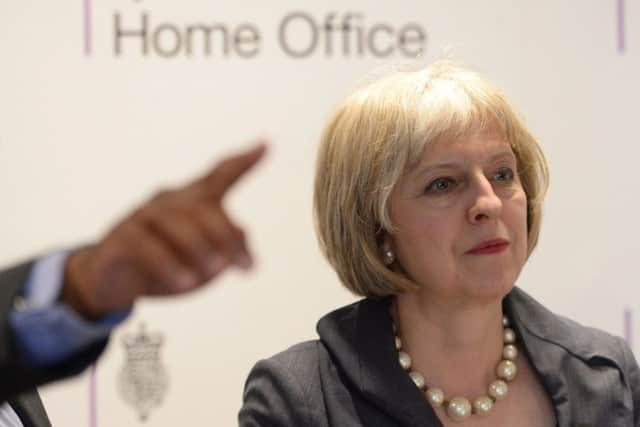Undercover policing examined in public inquiry


In opening the investigation, chairman Lord Justice Pitchford noted this will be “the first time that undercover policing has been exposed to the rigour of public examination”.
It will “need to examine any evidence of the targeting of individuals for their political views or participation in social justice campaigns,” he said.
Advertisement
Hide AdAdvertisement
Hide AdHome Secretary Theresa May ordered the review after claims that Scotland Yard had spied on campaigners fighting for justice for murdered black teenager Stephen Lawrence, 18.


The aspiring architect was murdered by racists in Eltham, south east London, in April 1993 and it took nearly 20 years for two of the gang to be jailed.
The investigation also comes amid concerns that undercover officers from the Metropolitan Police’s special demonstration squad (SDS) had sexual relationships with women in campaign groups and had used the names of dead children to create fake identities. Stephen Lawrence’s father Neville, and Duwayne Brooks, who survived the race-hate attack in which the teenager was killed, sat in the Royal Courts of Justice as Lord Justice Pitchford announced details of how the inquiry will look into police infiltration of political and social justice groups in England and Wales since 1968.
Mr Lawrence said he hopes the inquiry will finally give him “answers as to why they decided to send officers to watch a grieving family”.
“After the two men were sent to prison we thought we would have a chance to get back to normal but then we heard that officers were sent in to our houses.”
He added: “I hope it will get to the truth. I think that after more than 20 years since the death of my son we deserve some answers.” Mr Brooks raised concerns about the make-up of the inquiry, saying: “Many of the people giving evidence to this inquiry will be diverse and from diverse backgrounds. In 2015 we should still not be having all-white panels.”
The inquiry will also hear from a woman named Alison, who eventually discovered that her former boyfriend Mark Cassidy was an undercover police officer called Mark Jenner.
Alison had worked at the Colin Roach Centre in the 1990s, named after a 21-year-old black man who died in the foyer of Stoke Newington Police station in north east London. He became an emblem for a generation of black people who were at odds with the police.
Advertisement
Hide AdAdvertisement
Hide AdAlison said she “welcomed the focus on individuals and the public effect this has had”, but hoped that the families of the dead children and the trade unions who may have been targeted might somehow also be included. Preliminary hearings are due to start in the autumn.
Lord Justice Pitchford will be able to access documents and call witnesses to give oral and written evidence to draw up a report for publication within three years. It will include recommendations on the future use of covert policing.
Any discoveries of potential miscarriages of justice will be referred to a panel of senior members of the Crown Prosecution Service and the police, which could refer the case to the Criminal Cases Review Commission.
The inquiry will look into the use of covert human intelligence sources by all English and Welsh police forces, including the targeting of political and social justice campaigners and the activities of the SDS and the national public order intelligence unit.